Wallpaper Do’s and Don’ts
As wallpaper lands itself back on the home décor hotlist, Adelaide Hills-based interior designer Carrie Deverson shares her tips on how to get it right.
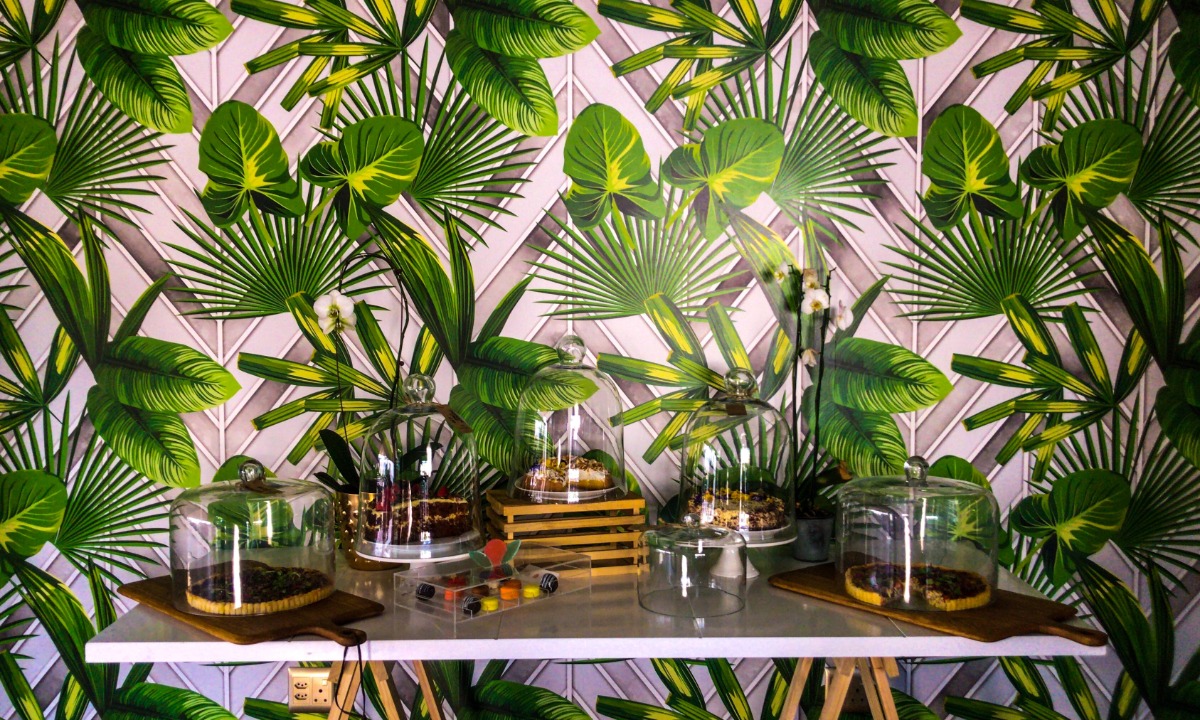
Deverson, who owns Carrie Deverson Interiors, says that after wallpaper’s rise to glory in the 1960s, the décor trend practically vanished from the radars of homeowners in the 90s but has since made a comeback.
“It was a bit of a dirty word there for a while,” Carrie tells Premium Property.
“The idea of wallpaper makes people think of their childhoods, in the ’60s and ’70s, where every room in the house was covered in wallpaper.
“People were trying to get away from that.”
But the interior designer says after some time in the shadows, wallpaper has shown its head again.
“I think things have changed and there’s definitely been a resurgence in the last eight years in particular,” she says.
But before you slap that wallpaper on aimlessly, Carrie offers some invaluable advice for those considering decorative wallcoverings.
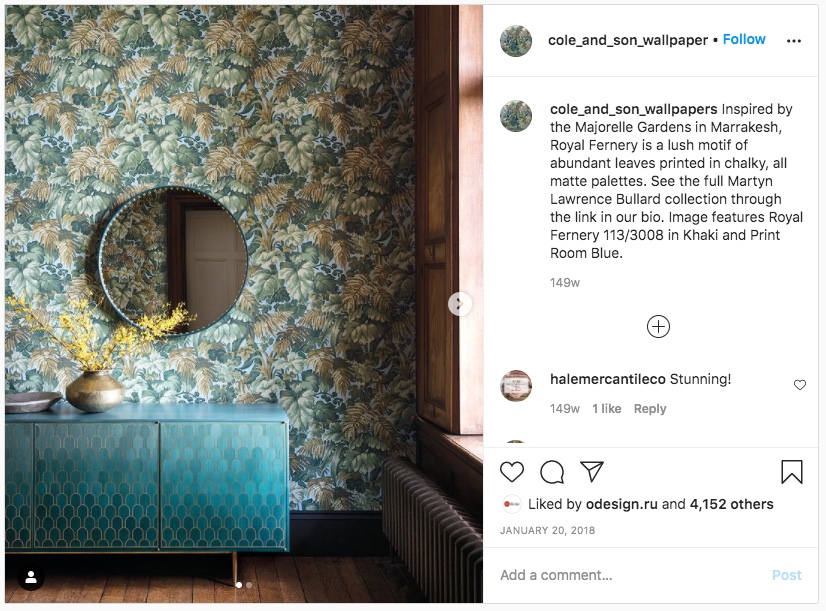
Do: Choose wisely
“Once it’s there – it’s not like paint – you can’t easily remove it if you don’t like the colour,” Carrie says.
There’s no point in picking a style of wallcovering that is likely to be out of fashion in a year. As wallpaper designs span from textures to large-scale prints and are often versatile enough to feature in most rooms of your home, you can sleep easy knowing there is little limit in choice. Carrie also says it’s important to consider whether your wallpaper will be used throughout one room or as a mural.
“You can have something that’s just a texture or something that’s a medium-scale [design] just to add a backdrop to some artwork,” Carrie says.
“You need to consider the feel that you want to create in that space and whether you want the wallpaper to be the feature or just a backdrop.
“Consider if it’s something you’re going to get tired of.”
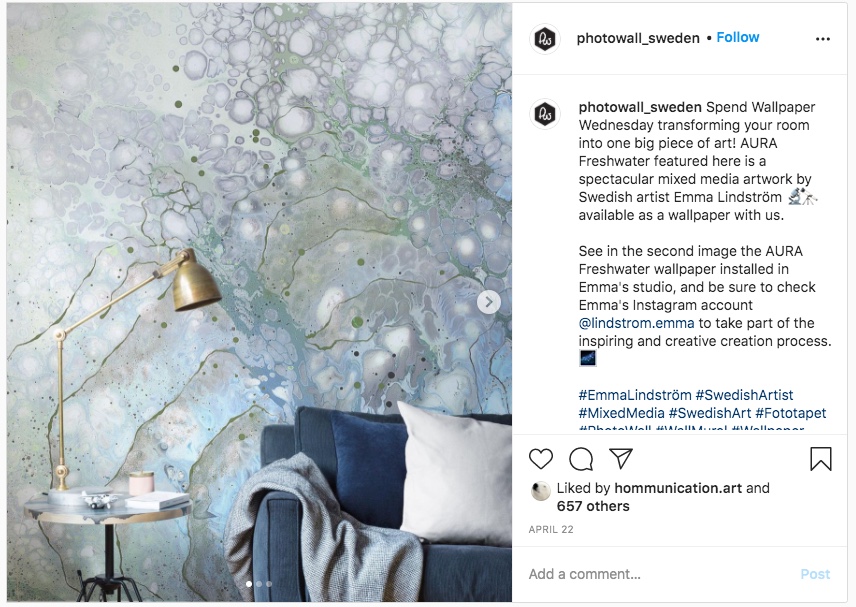
Don’t: Cut corners
When considering what not to do, Carrie is quick to share stories of homeowners who have tried to put up wallpaper themselves without grasping the specifications of their chosen design, resulting in costly oversights.
“Obviously you need a professional installer or someone who knows what they’re doing because it’s not an easy thing to do,” Carrie says.
“It can be an expensive mistake to make if it’s not hung or overlapped when installed.”
Do: Cater to your room size and shape
Wallpaper is artfully deceptive and, if applied correctly, Carrie says it can change the whole feel or dimension of a room.
“If you have a smaller room and add a wallpaper with a large-scale design it can make the room feel bigger,” Carrie says.
“If a room has a low-ceiling, you have to make sure you select the right pattern for that and don’t let it accentuate the low-ceiling.
“With a really tall ceiling, you could do the opposite and put a chair rail in and then wallpaper above the chair rail land that makes the room feel a bit more intimate.”
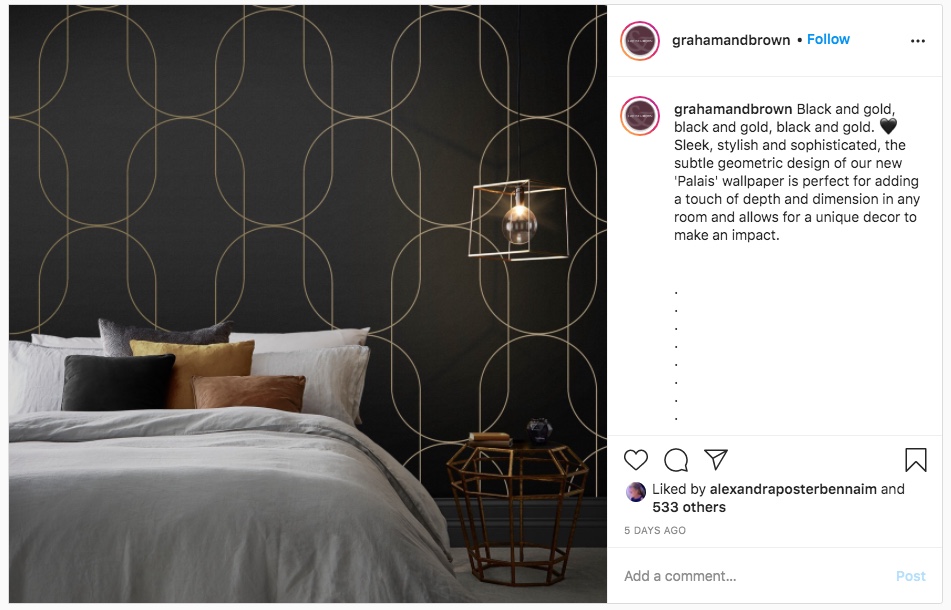
Don’t: Do a wallpaper feature in a small room
Wallpaper features can create a beautiful focal point but, Carrie warns against creating a one-wall feature in a small room, saying it can make the room seem even smaller.
“I actually think one mistake a lot of people make with wallpaper is that they, particularly in a bedroom, just wallpaper one wall,” Carrie says.
“Especially if it’s a small room, they’ll wallpaper one wall and then that can really break up a room.
“Unless it’s a good-sized room – you have to again be careful of the scale.”
Do: Complement the style of your decor
Although it seems like an obvious point to make, Carrie says wallpaper is instrumental in bringing a room together and suggests those looking to adorn their walls should consider their current décor theme.
“There has to be continuity,” Carrie says.
“If someone has a lovely traditional home and they want to keep it feeling that classic feel, it’s no good specifying a big geometric pattern that’s not going to go with the décor”
“It’s all about working with what’s there or what else you want to bring to the room.
“You can tie rooms together with wallpaper, you can tie colour schemes together by taking colours from rooms and taking it through the whole house.”
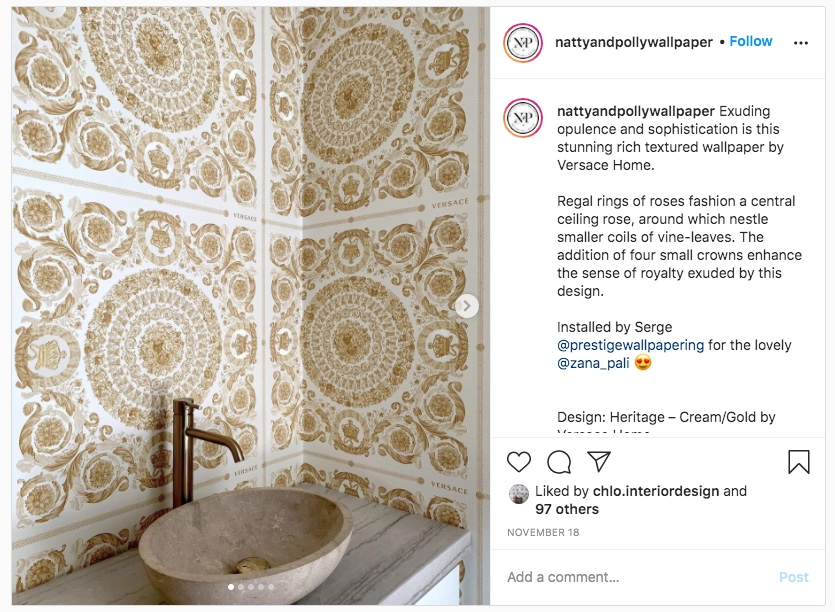
Don’t: Put wallpaper on old walls
Wallpaper can provoke a sense of nostalgia. Traditional designs often add a classic charm to a cottage or farmhouse or to cover up old walls is can be tempting. Yet, Carrie warns old walls holding up these homes can make the worst canvas for wallpaper.
“You’ve got to make sure you have a good base,” Carrie says.
“If [you’ve] got a very old cottage with plaster that’s falling off the walls and it has big cracks then you need to avoid wallpaper because it will just open up.”



